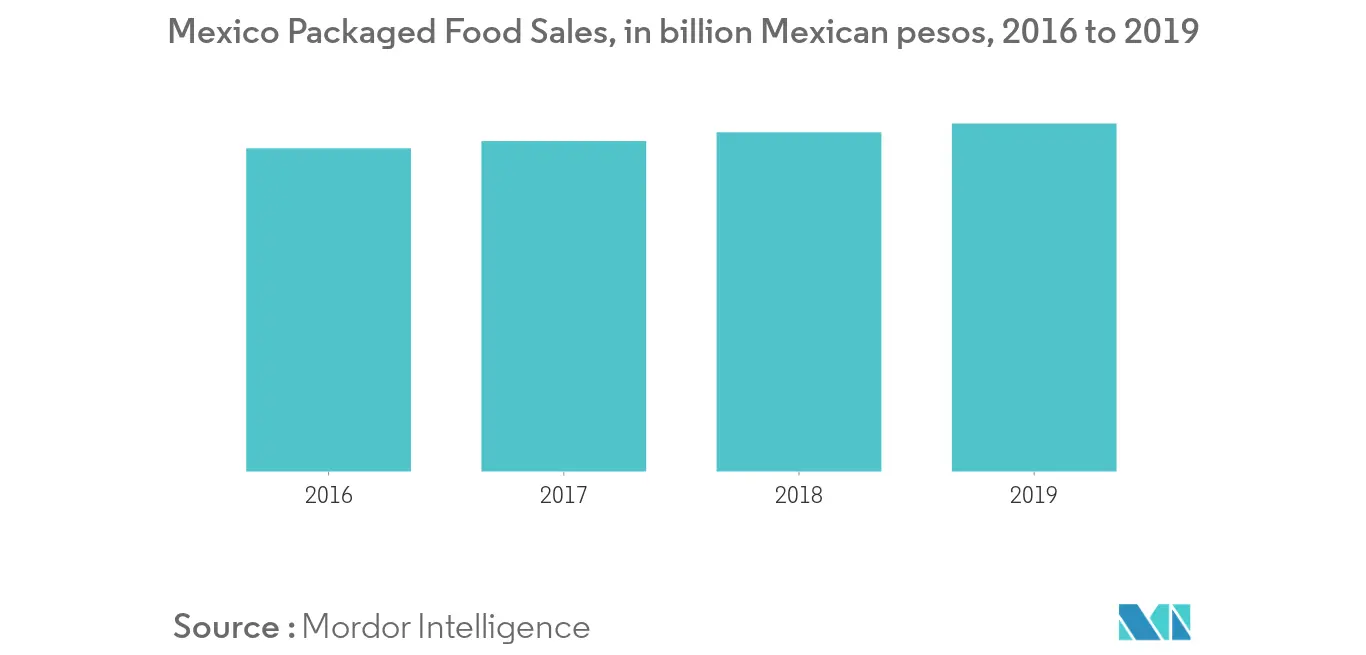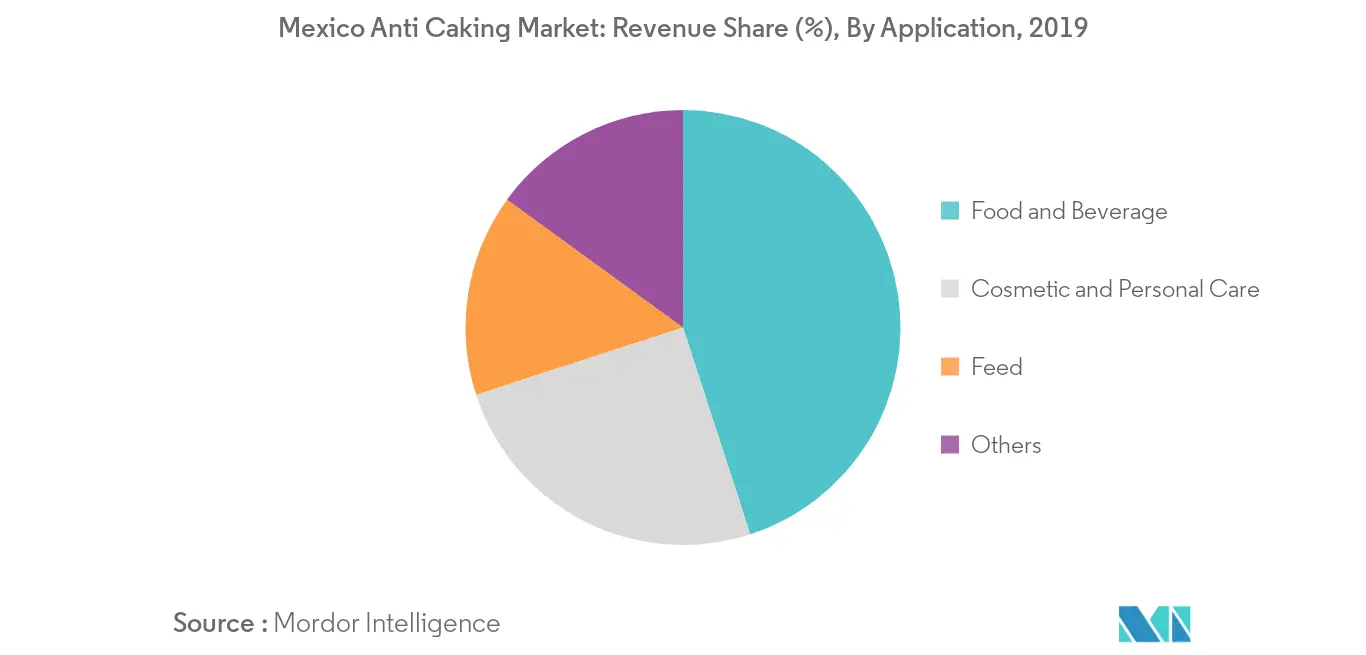Market Trends of Mexico Anti Caking Industry
This section covers the major market trends shaping the Mexico Anti Caking Market according to our research experts:
Growing Market for Processed Food
The growth in the consumption of the food ingredients supported by strong demand for processed/packaged food products in the country is projected to have a positive impact on the growth of food anti-caking agents, due to their properties such as free-flow, texture, other organoleptic properties, and long shelf-life. Some of the common examples of foods that contain anti-caking agents include coffee, cocoa, soup powders, milk and cream powders, grated cheese, icing sugar, baking powder, cake mixes, drinking chocolate, table salt, and canned fruits and vegetables as a firming agent.
Despite the constant exchange rate fluctuations of the USD versus the Mexican Peso, and an increase in consumer prices (2.82% in 2016 vs 2.71% in 2015) affecting the Mexican economy, the internal macroeconomic environment remained steady, keeping the demand for anti-caking ingredients having application in food and beverage applications constant from last few years. Mexican anti-caking ingredient producers are raising the challenge of producing quality goods with an increase in variety, learning, and adapting to growing demands of consumers

Increasing Demand Due to Varied Applications and Functionality of Anti Caking Ingredients
Mexico is one of the major producers of animal feed and is constantly seeking for ingredients that can be incorporated into animal feed. This, in turn, is driving the demand for feed ingredients including anti-caking agents in the feed industry sector of the country. In poultry and cattle anti-caking agents primarily calcium compounds and magnesium compounds is used in feed to stop caking and agglomeration and increase the flow properties of feed ingredients. Furthermore, calcium aluminum silicate, calcium phosphate tribasic, calcium silicate are some of the most commonly used calcium compounds in different end-user industries primarily food, beverage, and animal feed. Calcium silicate (CaSiO3), a common calcium compound that is added to food products such as table salt, etc. adsorbs both water and oil.


